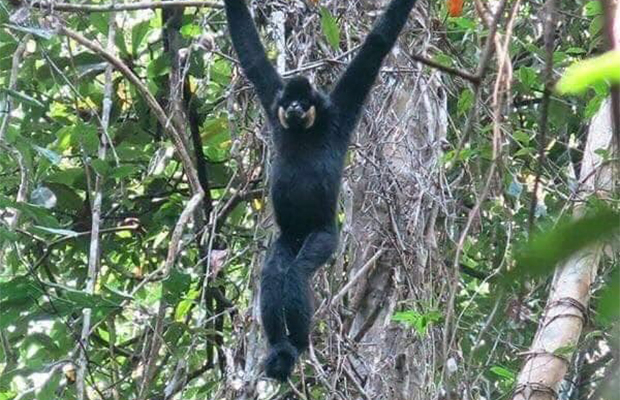Kampot Province
Kampot was once a sleepy city that is now transformed into a very lively destination for the travelling tourist, with a variety of music venues, bars and restaurants. This city is based on the eastern side of the Kampot Bay River and within a short distance of the elephant mountains.
The character of this city is quite different to other beach towns such as Sihanoukville, and has a more small-town ambience that is quite welcoming and quiet. This old provincial capital is rich in colonial architecture and quiet lanes with certain areas appearing quite worn. There is even a partially destroyed bridge in the city centre that was bombed in the war and rebuilt using mismatched components that has created a quite iconic feature in town.
Kep Province
This is a relaxing seaside province situated 119 Km away from Sihanoukville. Besides the beaches, Kep is best known for having the best seafood, especially crabs. This coastal province is one of the 'must visits' when in Cambodia.
Freshly caught crabs are sorted according to size and usually sold even before they are brought to shore. A small section of the beach doubles as a regular crab-trading depot and this busy crab market on the water's edge has become a popular tourist itineray.
There are vendors who will prepare crab dishes in any which way one prefers and serve them by the beach. Crabs fried with Kampot pepper is a local specialty dish.
Pepper Plantations
Cambodian varieties of pepper grown throughout the region including Koh Kong, Kampot and Kep have been internationally renowned for more than a century as some of the highest quality pepper in the world its distinct flavor and pungency, intense but light taste with fresh lingering aromas has long been a prized ingredient in the finest French kitchens as well as in local cuisine such as Pepper Crab.
Our favorite spot is La Plantation just outside of Kampot, where they grow delicious Pepper as well as Cardamom, Cassia Cinnamon, Curry Leaf, and much else. On our tour here you will get to see how it is grown and processed, then have a delicious lunch in their restaurant.
At the beginning of the 20th century, Cambodian plantations were in full operation and the country was exporting more than 8000 tons of pepper annually. By 1960, there were more than 1 million pepper poles in Kampot. But the wars of the late 20th century put an end to production for almost 30 years. Production was renewed in the late 1990s. Pepper plantations one again dot the province.
Cambodian pepper generally comes in four varieties - green, black, red and white - all from the same plant but differing in ripeness and preparation. Green pepper is harvested young and usually used fresh in cooking. The classic black pepper is allowed to ripen dark green, harvested, dried and ground. perfect for table use. Red pepper is prepared the same as black but allowed to over-ripen before harvest. Finally, white pepper is red pepper that has had the outer shell removed which is often used in blends.

.jpg)


